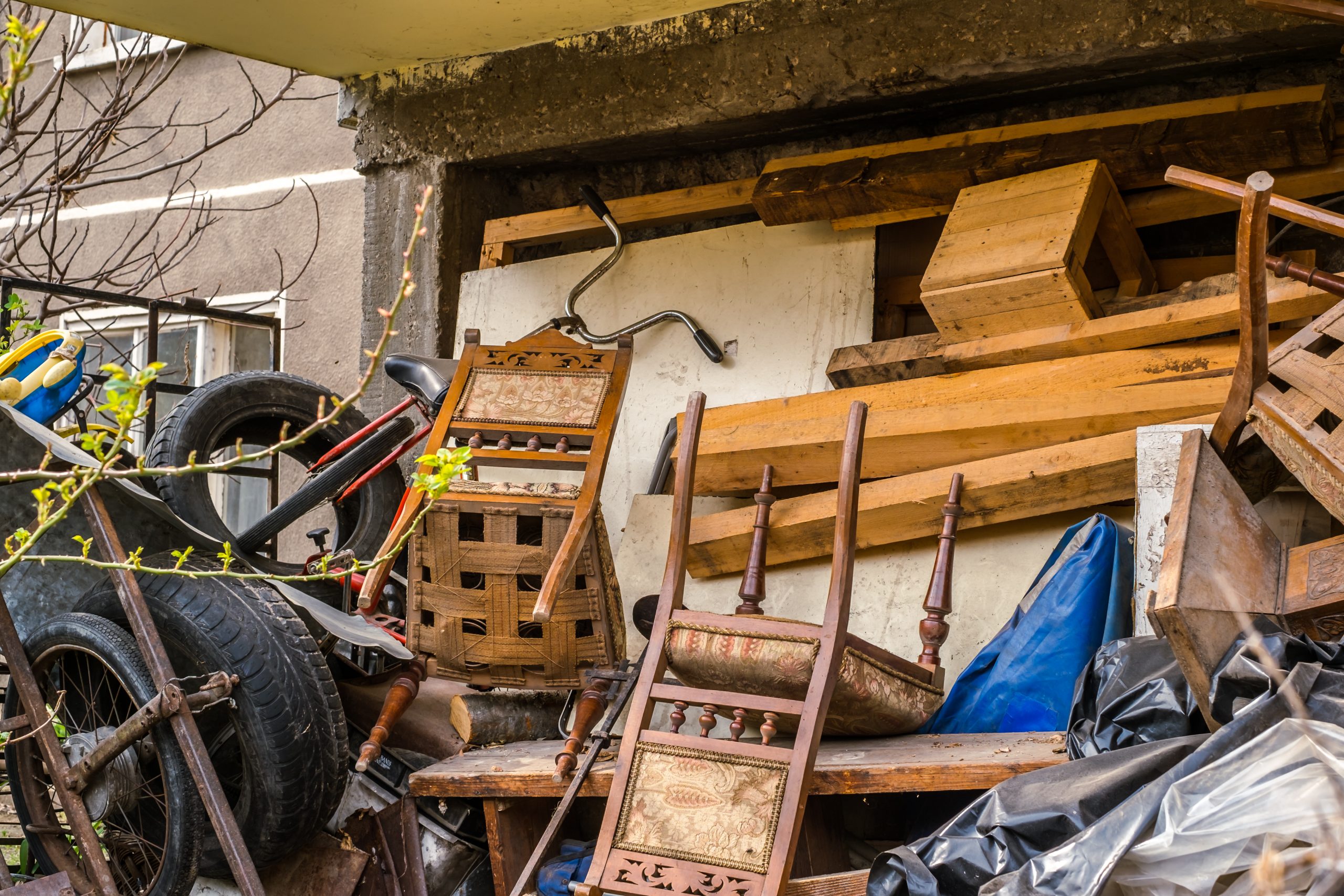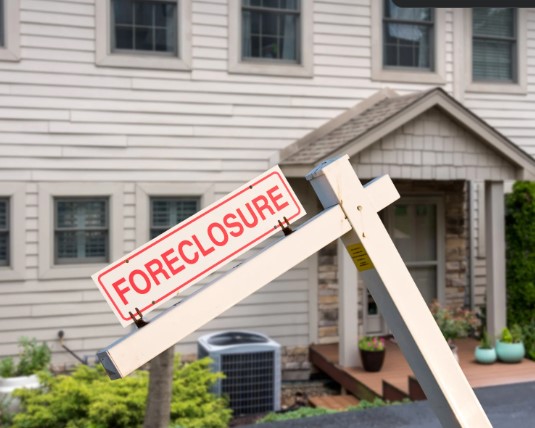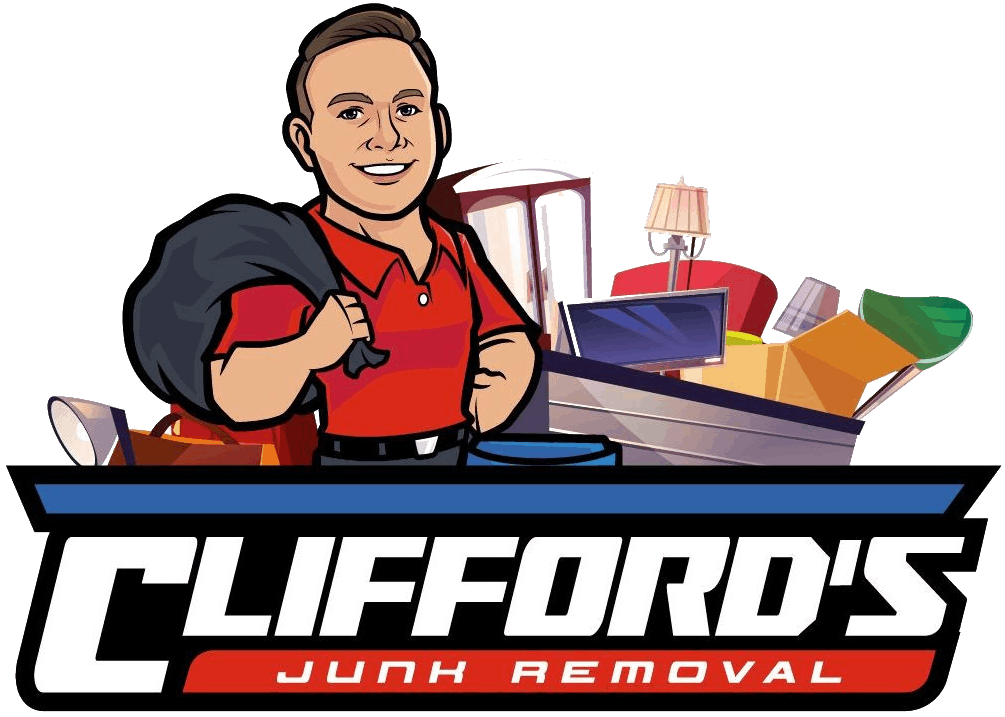Preparing for a foreclosure cleanout begins with acknowledging the enormity of the task ahead. Every corner of the home, from closets and cabinets to basements and attics, holds items that require careful evaluation and handling. Each item carries its own history and purpose, and part of the process is determining its next step, whether that is donation, disposal, or relocation. The cleanout is not merely about emptying a property; it’s about doing so with efficiency, respect, and organization. A well-thought-out approach helps reduce anxiety, allowing for a clear roadmap and thoughtful decision-making. Many people underestimate the emotional and physical energy required to clear a property, but with a structured plan, what initially seems overwhelming becomes achievable.
Starting with a clear vision of the desired end result allows for prioritization and a sense of direction. Items that require immediate removal can be addressed first, while those that need special handling or disposal are set aside for appropriate processing. Breaking the property down room by room prevents feelings of chaos from taking over. Careful attention to detail ensures that nothing is left behind, and flexibility is critical in case unforeseen challenges arise, such as heavy furniture that needs professional equipment or forgotten items tucked in obscure spaces. Approaching the cleanout methodically transforms it from a stressful chore into a manageable project, ensuring the property is prepared for the next phase efficiently.
Sorting Items for Disposal and Donation
Evaluating what to retain, donate, or discard is a pivotal step in preparing for a foreclosure cleanout. Items with sentimental or practical value may be repurposed or donated, giving them a second life while easing the burden on the property. Bulky items, such as sofas, appliances, or worn-out furniture, often require professional assistance for safe removal. Thoughtful sorting protects belongings, ensures efficiency, and minimizes the risk of damage or injury during the process.
Creating designated areas within the property for items to keep, donate, or discard adds structure and clarity to the cleanout. Labeling boxes and containers can prevent confusion, streamline workflow, and accelerate progress. Items that cannot be salvaged should be disposed of responsibly, in accordance with local regulations and recycling standards. Taking the time to sort carefully not only reduces stress but also results in a cleaner, more organized property ready for resale, rental, or future renovation, ensuring each item is handled appropriately and the space is left in optimal condition.

Dealing with Hazardous Materials
Foreclosed properties may contain hazardous materials such as old paint, cleaning chemicals, pesticides, or obsolete electronics. These substances pose environmental and health risks if not handled correctly. Proper identification and segregation from regular waste is critical to prevent accidents, contamination, or legal complications. Mishandling hazardous materials can result in fines, environmental damage, or serious personal injury, making careful planning a non-negotiable part of the cleanout process.
Researching local disposal options and regulations for hazardous items ensures proper handling. Many communities provide dedicated drop-off centers or collection events for items like batteries, electronics, and toxic chemicals. Using protective gear such as gloves, masks, and secure containers keeps both people and property safe during transport. Approaching hazardous materials with caution and foresight turns a potentially risky task into a manageable part of the cleanout, safeguarding the health of those involved, the environment, and the integrity of the property itself.
Establishing a Timeline and Workflow
A detailed timeline is crucial for an efficient and organized foreclosure cleanout. Breaking the project into manageable phases provides structure, minimizes stress, and allows for measurable progress. A realistic schedule is especially important if multiple people are involved, ensuring that each step is completed in a logical, coordinated manner. Without a plan, cleanouts can quickly become chaotic, with overlapping tasks and missed priorities.
Including contingencies in the timeline helps address unforeseen delays. Starting with the most cluttered or challenging areas sets the pace for momentum, while less demanding spaces can be handled later. Planning the removal of large or awkward items toward the end maintains accessibility and prevents congestion. Consistent daily routines encourage productivity, reduce overwhelm, and allow the cleanout to progress steadily. By breaking the project into achievable steps and adhering to a structured workflow, the task becomes less daunting, promoting efficiency and morale among those involved.
Hiring Professional Assistance
Engaging professionals for a foreclosure cleanout can save time, reduce stress, and ensure the safe handling of heavy, delicate, or awkward items. Experienced teams are familiar with the complexities of clearing foreclosed properties and can navigate logistical challenges efficiently. Their expertise ensures the space is cleared thoroughly, quickly, and safely, relieving property owners and managers from the physical and mental burden of the process.
Professional services offer specialized tools and vehicles for moving large items, reducing the risk of injury or property damage. They are knowledgeable about local disposal laws and recycling guidelines, which ensures compliance and avoids potential fines or complications. By outsourcing to trained professionals, property managers can focus on next steps, such as preparing the property for sale or rental, while trusting that the cleanout is handled responsibly, efficiently, and without unnecessary stress.
Protecting Valuable or Sentimental Items
Safeguarding high-value or sentimental belongings is an essential part of a foreclosure cleanout. Items such as jewelry, important documents, family heirlooms, or collectibles should be identified early and stored securely to prevent loss or damage. Creating a detailed inventory helps track these items and reduces the chances of misplacement during the removal process.
Utilizing protective containers, lockable storage boxes, or temporary storage solutions ensures these possessions remain safe. Proper labeling and separation prevent accidental disposal and keep items organized throughout the cleanout. Being proactive in protecting valuable items alleviates emotional strain and promotes efficiency. Preserving these belongings allows the cleanout to progress smoothly while maintaining peace of mind that essential or sentimental possessions are secure and intact.
Cleaning and Sanitizing the Property
Thorough cleaning and sanitization are critical to completing a foreclosure cleanout. Once unwanted items are removed, sweeping, vacuuming, dusting, and disinfecting surfaces transforms the property from cluttered and unkempt to ready for future use. Residual dirt, stains, or odors can negatively affect the perception of the property if it is being prepared for sale, rental, or renovation.
Cleaning extends to often-overlooked areas such as behind appliances, inside cabinets, and under furniture. Using proper cleaning agents and safety equipment ensures both effectiveness and safety. Sanitizing the property enhances its appearance, eliminates health hazards, and demonstrates respect for the space. A clean, well-maintained property signals professionalism and readiness, improving overall value and leaving a positive impression on potential buyers or tenants.

Managing Emotional and Practical Challenges
Foreclosure cleanouts are often one of the most emotionally taxing tasks a person can face, particularly when personal belongings carry memories, emotional significance, or long-standing attachments. Each item removed can trigger reflections on past experiences, relationships, or life milestones, which can make the physical process feel heavier than it actually is. Balancing the emotional weight with practical responsibilities requires intention, patience, and mindful awareness.
From a practical standpoint, breaking the cleanout into smaller, achievable goals can make the task feel less overwhelming. Establishing checkpoints, acknowledging progress with small milestones, and spacing out demanding tasks fosters a sense of accomplishment while maintaining momentum. Recognizing that feelings of grief, stress, or anxiety are natural allows individuals to approach the cleanout with patience and self-compassion. Combining emotional mindfulness with methodical planning ensures the property is cleared efficiently, while also attending to the human aspect of handling possessions, memories, and personal items with care and respect.
Ensuring Compliance with Local Regulations
Adhering to local disposal, recycling, and environmental laws is a critical component of a foreclosure cleanout. Improper disposal of certain items—ranging from household electronics and appliances to construction debris and hazardous materials—can result in fines, legal complications, or environmental damage. Planning ahead and understanding the legal framework surrounding disposal ensures that all items are handled responsibly, safely, and in accordance with municipal regulations, minimizing risk for property managers and homeowners alike.
Many municipalities require permits for bulk disposal, designate specific collection sites for electronics and hazardous substances, or provide limited timeframes for disposal events. Being thorough in researching these requirements before beginning the cleanout prevents last-minute obstacles and ensures compliance. Observing these rules not only avoids legal issues but also contributes to sustainable practices and promotes the safety of the community.
Preparing for the Property’s Next Stage
Once the cleanout and deep cleaning are complete, the property is ready to move into its next stage, whether that involves resale, rental, or renovation. A thoughtfully cleared and organized space facilitates a smoother transition and allows property managers to focus on the next steps with clarity and confidence. Assessing the property for minor repairs, touch-ups, or improvements, such as painting, replacing damaged fixtures, or addressing flooring issues, can increase overall value and enhance the appeal to potential buyers or tenants.
Proactive planning ensures the property is not only clean but also functional and ready for immediate use. A meticulously prepared space demonstrates respect for the property while simplifying subsequent projects such as staging, remodeling, or inspection preparations. Taking the extra time to ensure a thorough cleanout reduces complications, maximizes property value, and fosters a more seamless, satisfying outcome for everyone involved.
Conclusion
Foreclosure cleanouts are complex and can feel overwhelming, yet they become manageable with thoughtful planning, careful sorting, and attention to detail. Each step, from assessing belongings and handling hazardous materials to establishing a workflow and safeguarding valuables, is essential for a successful and organized process. Combining practical approaches with emotional awareness ensures the cleanout is efficient, thorough, and less stressful, leaving the property prepared for the next chapter.
For residents and property managers in Roseville, Clifford’s Junk Removal offers reliable, professional assistance to streamline the process. Their team handles heavy lifting, careful sorting, and responsible disposal with precision. Contact Clifford’s Junk Removal at 19162323588 for expert Junk Removal services that ensure your foreclosure cleanout is completed efficiently, safely, and with peace of mind, leaving the property ready for its next stage.
